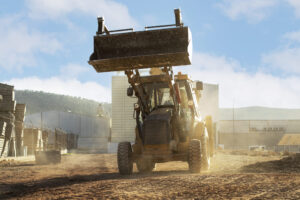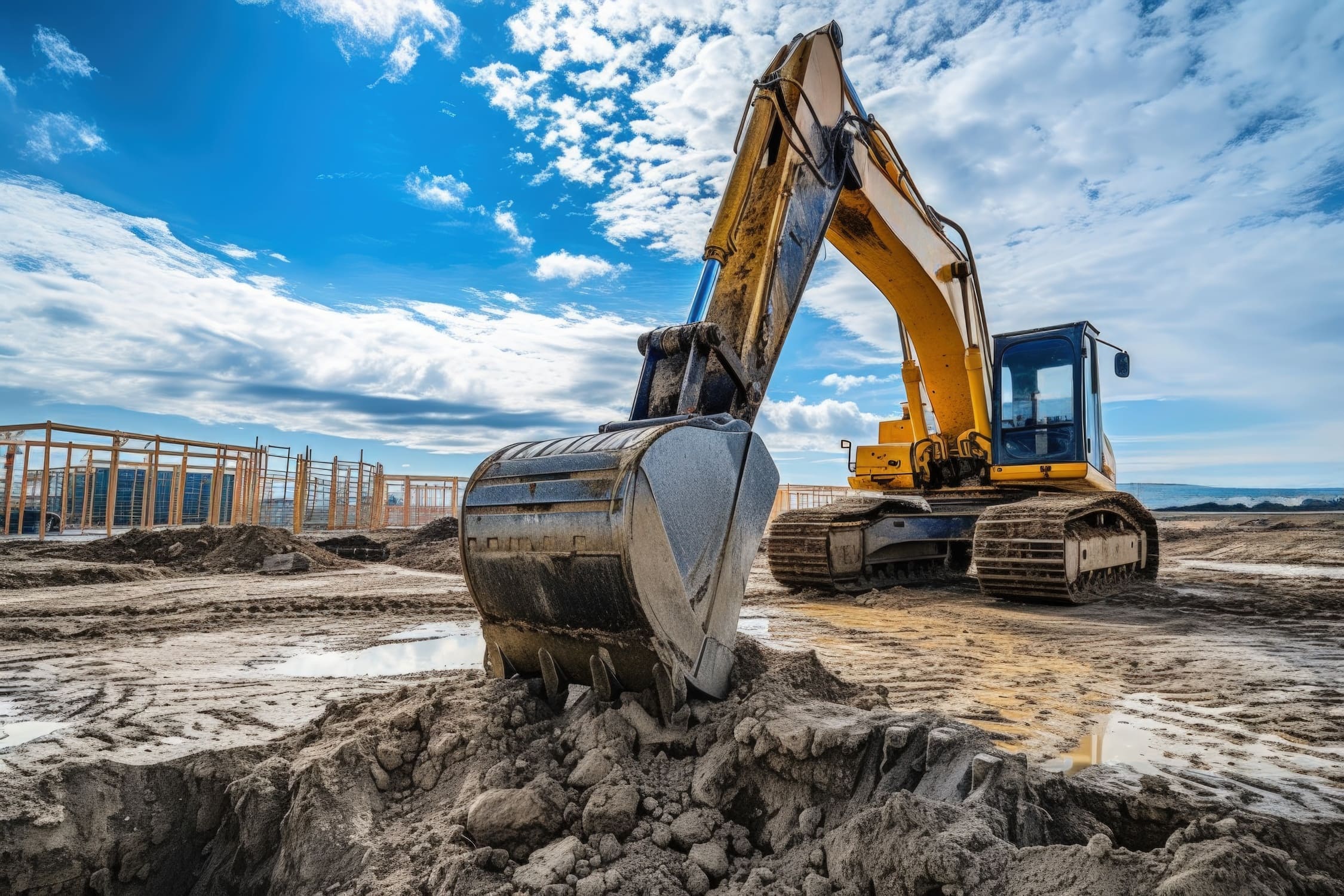The type of machinery used in public works is key to build and maintain infrastructures such as roads, bridges or buildings. Each construction project requires proper planning, involving different types of equipment depending on the tasks to be performed. Understanding the different types of machinery and their applications allows you to optimize resources and improve efficiency on the construction site. In this guide, we will explore the main categories of machinery used in public works, highlighting their functions and characteristics within the construction sector.
What is public works machinery?
Public works machinery encompasses a wide variety of construction equipment designed to perform specific tasks on large-scale projects, such as excavating, grading, loading or transporting materials. These machines optimize time, reduce manual effort and ensure greater safety on the construction site.
Each piece of equipment serves a specific function within the construction process, and the choice of equipment depends on factors such as the type of terrain, the volume of work, the available site space and the needs of the project. In addition, many of these machines are part of the heavy equipment group, due to their ability to handle large volumes of work and materials with high performance.
Main types of machinery
1. Excavators
Excavators are a type of construction machinery widely used in public works and earthmoving projects. They are designed to excavate, load and move materials such as soil, rock or debris. Thanks to their articulated arm and bucket, they can rotate 360 degrees, which gives them great maneuverability.
There are several types, such as crawler excavators, ideal for uneven terrain, and wheeled excavators, which are faster for urban travel. In many cases, they can also incorporate hydraulic breakers for demolition or drilling work.
2. Compactors
Compactors are essential equipment to achieve a firm and stable base before erecting any structure. They are used to increase soil density and reduce porosity. Among the most common types are:
- Vibratory rollers: effective in granular soils and asphalts.
- Rammers: recommended for small spaces and repairs.
- Vibrating plates: practical for compacting ditches or sidewalks in urban areas.
- Compacting roller: common in large surface works, such as road construction, thanks to its load capacity and efficiency.
Although IMOP does not commercialize this type of machinery, they are indispensable in many phases of the construction process. If you wish to know other available solutions, you can visit our specialized machinery catalog.
3. Cranes
Cranes are lifting machines designed to move and position heavy loads at considerable heights or distances. They are classified into:
- Tower cranes: used in high-rise buildings.
- Mobile cranes: truck-mounted, ideal for quick relocations.
- Telescopic cranes: with extendable arms, perfect to adapt to different heights.
Your choice will depend on the height, weight of the load and the space available on site, especially when vertical work or limited maneuvering is involved.
4. Backhoe loaders
Backhoes are versatile machines that combine two tools in one: a front shovel and a rear digging arm. They are used for loading, digging, grading and trenching. They are especially useful in urban or medium-sized projects where space is limited and a multi-purpose solution is needed.
5. Motor graders
Motor graders are used to level the ground, correct slopes and shape surfaces before asphalting. Equipped with a long, adjustable blade, they can be used to prepare roads, paths or graded surfaces with millimetric precision. They are the key to road infrastructure and linear construction sites where an even surface is required.
6. Loaders
Loaders (or shovel loaders) are used to move large volumes of loose materials such as soil, sand or gravel. They are used to load trucks, fill spaces or redistribute materials on site. Wheel loaders are used on firm ground, while track loaders offer better traction on soft or unstable surfaces. They are a common part of the heavy equipment group because of their ability to work continuously in demanding environments.
7. Dump Trucks
Dump trucks are transport vehicles designed to move heavy materials on and off site. Their tipping hopper allows them to be loaded and unloaded quickly, making them a key component in large volume projects. They are commonly used to remove debris, excavated soil or transport aggregates to the site, both in building and civil works projects.

Importance of selecting the right type of machinery
Choosing the right machinery for each task is crucial to jobsite efficiency and safety. Factors such as the type of terrain, available space, the nature of the job and the duration of the project directly influence the selection of the most efficient equipment.
The right choice not only reduces costs and minimizes risks, but also optimizes execution times and improves overall project profitability.
Knowing the different types of machinery used in public works and their applications allows planning and executing any construction project with greater precision and efficiency. The right combination of human resources, civil engineering and heavy equipment guarantees solid, safe results aligned with the objectives of each type of project.

